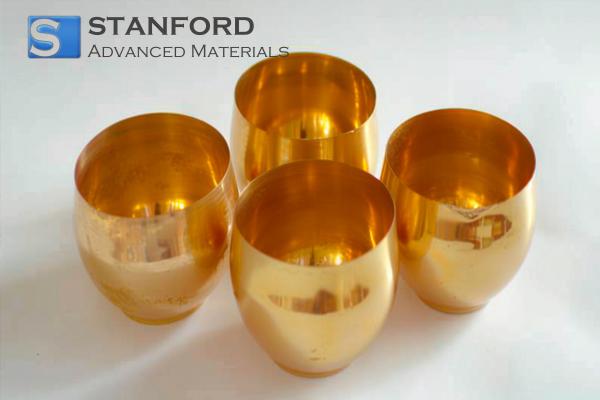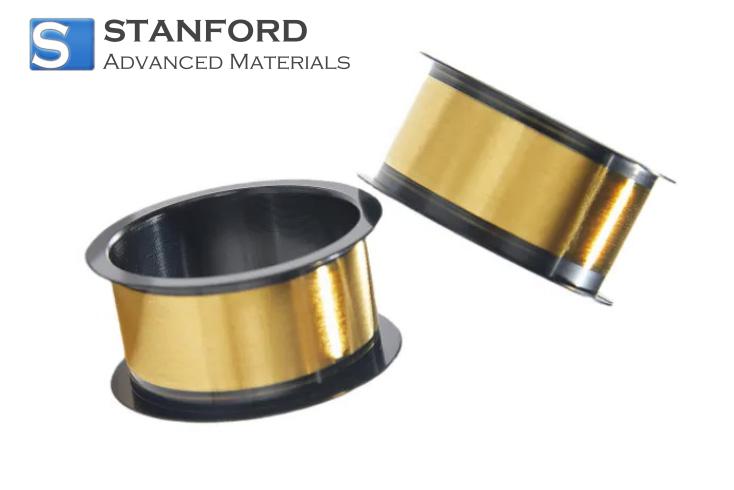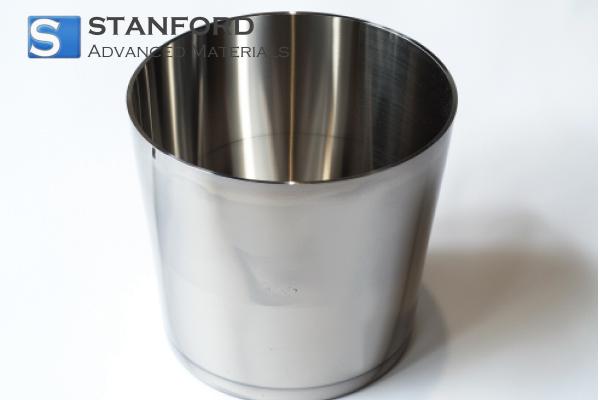What Are The Applications Of Nano-composite Zirconia?
Introduction
Nano‐composite zirconium dioxide is a ceramic material enhanced with metal oxides. It has been tested and meets the criteria for acid, alkali, oxidation, and reduction resistance. It improves the mechanical, thermal, electromagnetic, and optical properties of conventional zirconium dioxide. It is applied in applications where longevity and dimensional stability are required, for example in catalytic systems and material fabrication. Controlled tests indicate performance improvements of up to 25% in defined operating conditions. Research conducted by Stanford Advanced Materials (SAM) supports its use.
Applications of Dental Prosthetic Materials
Nano‐composite zirconium dioxide is used in the production of dental materials. It increases the mechanical strength and fracture resistance of ceramic dental components. It enables the manufacture of composite bioceramics that exhibit verified chemical stability and biocompatibility. The material satisfies the stringent requirements of dental prostheses and artificial joints. Studies have recorded an extension of component lifetimes by approximately 15%. It is employed in the fabrication of dental crowns and bridges that emulate natural dental contours.
Applications for Oxygen Sensors
Zirconium oxide exhibits favourable electrical conductivity. Oxygen sensors based on this material deliver accurate real‐time oxygen measurements. Quantitative evaluations show that these sensors can improve combustion control by 10–15%. They are used in vehicle emission control systems and are essential for proper fuel management. Their performance in monitoring oxygen levels has been verified in controlled experiments.
Exhaust Cleaning Catalysts for Motor Vehicles
Nano‐composite zirconium dioxide is utilised in vehicle exhaust cleaning systems. Catalyst systems normally consist of a support and subsidiary catalysts. In these systems, zirconium–cerium mixed oxides are employed as catalyst coatings. These materials are additionally used in sensors, polishing compounds, fuel cells, structural components, and high‐strength ceramics. Their application has contributed to emission reductions as confirmed by Oceania International LLC.
Products for Mobile Devices
The introduction of 5G and the increased complexity of wireless communications have raised material performance requirements for mobile devices. Metallic cases can cause electromagnetic interference and affect charging functions. Plastics are prone to scratches, and glass can fracture upon impact. Nano‐composite zirconium dioxide offers durability and wear resistance. Its use reduces electromagnetic interference and improves wireless charging efficiency. Tests conducted by Chin Trento recorded a 12% improvement in charging performance. Consequently, its adoption in mobile device construction is increasing.
Conclusion
Nano‐composite zirconium dioxide advances ceramic material performance through quantified property improvements. It is applied to enhance dental prosthetic components, oxygen sensors, and vehicle catalytic systems. It provides an alternative to conventional materials in mobile device enclosures, meeting clear performance requirements. Its increased adoption has been documented by researchers such as Eric Smith and organisations including Stanford Advanced Materials (SAM). Further studies are expected to quantify additional performance enhancements in future applications.

 Bars
Bars
 Beads & Spheres
Beads & Spheres
 Bolts & Nuts
Bolts & Nuts
 Crucibles
Crucibles
 Discs
Discs
 Fibers & Fabrics
Fibers & Fabrics
 Films
Films
 Flake
Flake
 Foams
Foams
 Foil
Foil
 Granules
Granules
 Honeycombs
Honeycombs
 Ink
Ink
 Laminate
Laminate
 Lumps
Lumps
 Meshes
Meshes
 Metallised Film
Metallised Film
 Plate
Plate
 Powders
Powders
 Rod
Rod
 Sheets
Sheets
 Single Crystals
Single Crystals
 Sputtering Target
Sputtering Target
 Tubes
Tubes
 Washer
Washer
 Wires
Wires
 Converters & Calculators
Converters & Calculators
 Write for Us
Write for Us



 Chin Trento
Chin Trento



